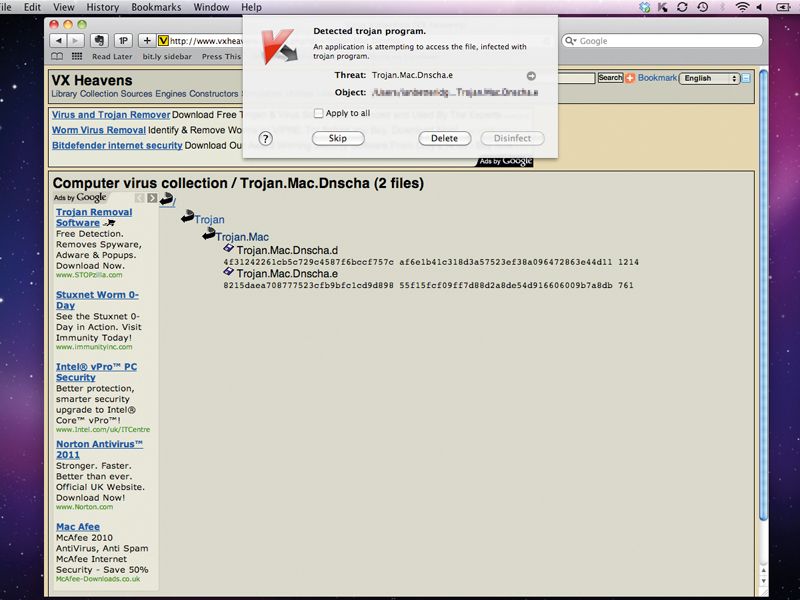

The service requires an in-house team to properly utilize the analysis results.Ī group of services focused on the identification of target infrastructure or application vulnerabilities, weaknesses, and potential attack vectors. The ultimate form of incident response that provides a full-scale DFIR service in case of critical incidents in the customer environment.Ī narrow-focus service providing extended reporting and behavior analysis of submitted malware. There is an extended set of services not directly involved in day-to-day operations, but still valuable on a one-time or regular basis.ĭigital Forensics and Incident Response (DFIR) or Emergency Incident Responder These services are commonly bundled if the customer wants on-premise deployment of MSSP technologies. Multiple services focused on administering security solutions that are deployed in customer environments. TI data has to be applied internally to bring value. Note that the use of TI requires an in-house security team, so it is not possible to fully outsource it. But there are other deliverables, too, focused on different maturity levels of TI consumers within the organization. The best-known and simplest form of TI is IoC feeds that indicate the presence in the customer environment of known signs of attacks. Provision of intelligence on current and emerging threats to the organization’s security.

Also, MDR supports embedded response capabilities within the platform, which are supplied and fully managed by the service provider. Usually, MDR is considered an evolution of classic monitoring and response services due to the utilization of advanced threat-detection techniques. Incident Response can be provided in multiple forms, from recommendations for the customer IR team to pre-agreed response actions in the customer environment.Ī combination of the previous two services. Responding to security incidents and breaches, investigating, and containing the incident. Here are some of the most common security services provided by MSSPs:Ģ4/7 monitoring of the organization’s network, systems, and applications to identify potential security threats and anomalies can be provided as an on-premises solution (when data must not leave the customer infrastructure) or as a service.

To make an all-round choice, let’s try to answer the following questions: This paper aims to provide guidance for organizations looking to select an MSSP and help to identify the benefits and drawbacks of using an MSSP. Meanwhile, with the growing number of MSSPs in the market, it can be difficult for organizations to determine which provider will fit in the best way.

Managed Security Service Providers (MSSPs) have become an increasingly popular choice for organizations nowadays following the trend to outsource security services.


 0 kommentar(er)
0 kommentar(er)
